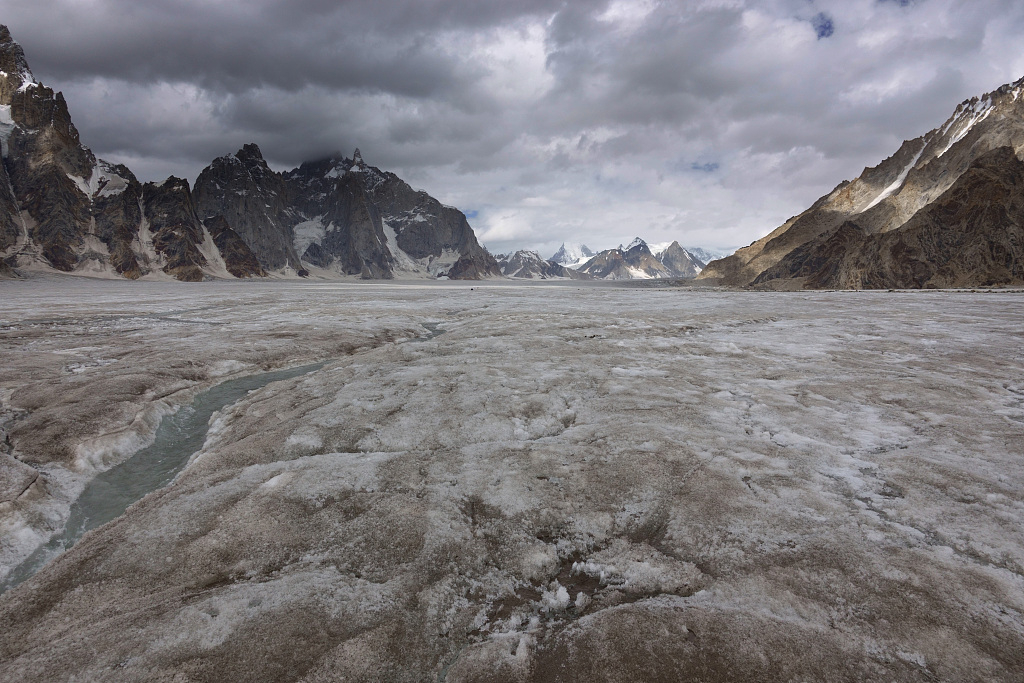Researchers estimated that the increase in net methane emissions in the Arctic would be smaller than previous predictions, according to a recently published research article in the journal Nature Climate Change.
Methane emissions from organic-rich soils in the Arctic have been widely studied since they have the potential to increase the atmospheric methane burden as permafrost thaws.
The researchers evaluated the effects of high-affinity methanotrophs, or atmospheric-methane-oxidizing bacteria, in Arctic mineral soils.
"High-affinity methanotrophs are specialized methane-oxidizing bacteria that are capable of consuming methane even at a concentration as low as that in the atmosphere," said Maggie C.Y. Lau, a co-author of the research article.

Glacial stream on a glacier. /VCG
Glacial stream on a glacier. /VCG
They predicted that the methane emissions in wetlands will double from 2017 to 2100 because the organic carbon in permafrost is more likely to be degraded by the microorganism in warm weather conditions.
But most of the increase in wetland emissions is offset by a concordant increase in the upland sink, leading to only an 18 percent increase in net methane emissions, said the research article.
The researchers estimated that as high-affinity methane-oxidizing bacteria and methanogens exhibit different physiological responses to increasing temperature, the net methane emissions may decrease further.
(Cover image via VCG.)
(If you want to contribute and have specific expertise, please contact us at nature@cgtn.com.)
Source(s): Xinhua News Agency